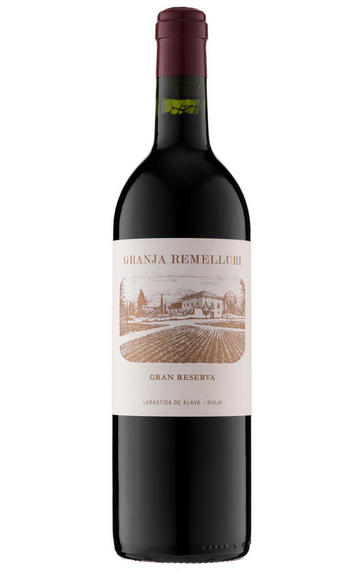
2013 La Granja, Gran Reserva, Remelluri, Rioja, Spain
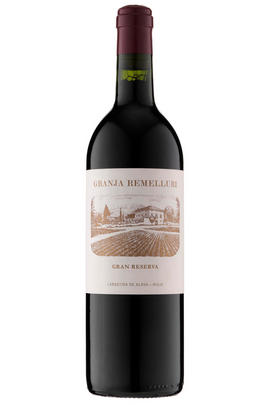
Critics reviews
2013 could very well be the most challenging vintage of recent times, a year with 900 litres of rain, which created many problems, including botrytis during the harvest. Produced using selected Tempranillo and Garnacha, the 2013 Granja Remelluri Gran Reserva has lower alcohol, 13.5%, and is aged in barrel for 27 to 29 months. Compared with the 2014, you see less-perfect ripeness in the tannins, and it’s a little lighter, sharper and a little more austere. This is a triumph over the very adverse conditions of the year. 8,000 bottles were filled in May 2016, when they usually produce around 20,000 bottles.
Luis Gutierrez, Wine Advocate (April 2021)
About this WINE
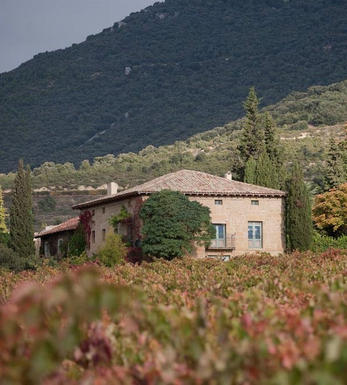
La Granja Ntra. Sra. de Remelluri
La Granja Ntra. Sra. de Remelluri, often referred to as Remelluri, is a historic wine producer in northern Spain’s Rioja wine region. Founded in the 14th century, it is one of the oldest wine estates in the Rioja region and is known for producing high-quality, terroir-driven wines. It was originally a monastery, and winemaking traditions have been passed down through generations. The estate was revitalised and modernised in the late 20th century under the guidance of Telmo Rodríguez, a prominent Spanish winemaker.
Remelluri places a strong emphasis on organic and biodynamic farming practices, emphasising the importance of the vineyard’s natural environment in shaping the wine’s characteristics.
Both red and white wines are produced at the winery. The reds are typically made from a blend of traditional Rioja grape varieties, including Tempranillo, Garnacha, Graciano, and others. The whites are often crafted from Viura and Malvasia grapes.
Remelluri offers a range of wines, including their flagship, “Remelluri Reserva,” which is highly regarded for its complexity and ageing potential. They also produce single-vineyard and limited-production wines that showcase the diversity of their terroir.
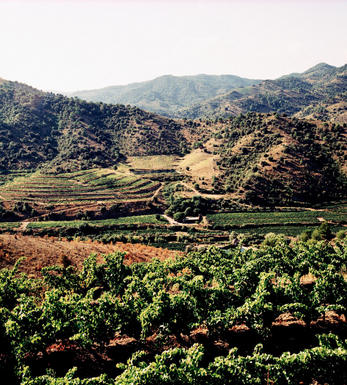
Rioja
Rioja is known primarily for its reds although it also makes white wines from the Viura and Malvasia grapes and rosés mainly from Garnacha. Most wineries (bodegas) have their own distinct red wine formula, but are normally a combination of Tempranillo, Garnacha and sometimes Graciano. Other red varieties recently approved into the Denominación de Origen Calificada (DOCa) regulations are the little-known Maturana Tinta, Maturana Parda, and Monastel (not to be confused with Monastrell). The most important of these by far is the king of native Spanish varieties, Tempranillo, which imbues the wines with complex and concentrated fruit flavours.
The Garnacha, meanwhile, bestows its wines with warm, ripe fruit and adds an alcohol punch. Graciano is an améliorateur grape (one that is added, often in small proportions, to add a little something to the final blend) and is found mainly in Reserva and Gran Reserva wines, albeit in small quantities (two to five percent), adding freshness and aroma, and enhancing the wines' ageing potential.
Crianza wines are aged for one year in oak followed by maturation for one year in bottle before being released for sale. Reservas must undergo a minimum of three years’ ageing before release, at least one of which should be in oak casks. Finally, Gran Reservas, which are only produced in the finest vintages, must spend at least five years maturing, of which at least two must be in oak.
Geographically, Rioja is divided in to three districts: Alavesa, Alta and Baja. Rioja Alavesa lies in the northwest of the La Rioja region in the Basque province of Álava. Along with Rioja Alta, it is the heartland of the Tempranillo grape. Rioja Alta, to the north-west and south of the Ebro River in the province of La Rioja, stretches as far as the city of Logroño. Elegance and poise is the hallmark of wines made here with Rioja Alta Tempranillo. Mazuelo (Carignan) is occasionally added to wines from this area to provide tannins and colour. Rioja Baja, located to the south-east, is the hottest of the three districts and specialises in Garnacha.
Rioja has witnessed a broad stylistic evolution over the years. The classic Riojas pioneered by Murrieta and Riscal in the 19thcentury were distinguished by long oak-barrel-ageing whereas the modern style, represented by Marqués de Cáceres since 1970, showcases the fruit and freshness of Tempranillo, keeping oak ageing to the legal minimum. The post-modern school that emerged in the late 1990s from producers like Palacios Remondo and Finca Allende concentrate on making wines from old vines or specific vineyard plots to accentuate the terroir, and using larger proportions of minority varietals such as Graciano.
The alta expression wines, pioneered by Finca Allende (among others) and later taken up by almost every other producer in Rioja, represent the newest flagship category in Rioja. Alongside the traditional Gran Reservas, alta expression wines are limited production and come from low-yielding vines, often from a single vineyard, and are hand-picked. Excellent examples of this style are Artadi's Pagos Viejos and El Pison.
However, modernisation has not held back the continuation of successful traditional styles as well. Happily long-established houses such La Rioja Alta, CVNE and Marques de Vargas continue to make graceful, old style wines better than ever before.
White Rioja is typically produced by the Viura grape which must comprise at least 51 percent of the blend; the rest can be made up by other, recently-authorised varieties, namely Sauvignon Blanc, Chardonnay and Verdejo, as well as the native Maturana Blanca, Tempranillo Blanco, and Turruntés (not to be mistaken for Torrontés).
Recommended Producers:
Finca Allende, Amezola de la Mora, Artadi, CVNE, Marqués de Vargas, Palacios Remondo, La Rioja Alta, Murrieta.
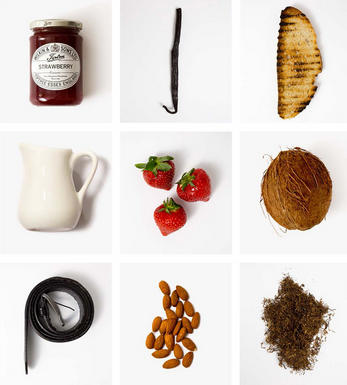
Tempranillo/Tinto Fino
A high quality red wine grape that is grown all over Spain except in the hot South - it is known as Tinto Fino in Ribera del Duero, Cencibel in La Mancha and Valdepenas and Ull de Llebre in Catalonia. Its spiritual home is in Rioja and Navarra where it constitutes around 70% of most red blends.
Tempranillo-based wines tend to have a spicy, herbal, tobacco-like character accompanied by ripe strawberry and red cherry fruits. It produces fresh, vibrantly fruit driven "jovenes" meant for drinking young. However Tempranillo really comes into its own when oak aged, as with the top Riojas where its flavours seem to harmonise perfectly with both French and American oak, producing rich, powerful and concentrated wines which can be extraordinarily long-lived.
In Ribera del Duero it generally sees less oak - the exception being Vega Sicilia where it is blended with Cabernet Sauvignon and Merlot and then aged for an astonishing 7 years in oak and is unquestionably one of the world`s greatest wines.


Buying options
Add to wishlist
Description
It is owner/winemaker Telmo Rodríguez’s aim to gradually elevate the style of La Granja Gran Reserva to one of the greatest wines of all Rioja, and his progress is ably demonstrated in this 2013. This wine has fabulous aromas that you could inhale all day: concentrated black cherries and red liquorice, with an edge of sweet spice and an aniseed ball top note.
The palate is still incredibly restrained compared to the nose, suggesting that this wine deserves cellaring. Despite the heady nose, the flavours of this wine take some time at present to seek out, but they are there, notes more of red cherries and raspberries than black fruit now in the background, holding back, yet with a sense that they will eventually coat the palate, given time. This is a fresh and exquisite wine with a real feel of Bordeaux.
The tannins are high but tiny, dominating at present with light French oak spice, yet these will undoubtedly resolve after more time laid down. It is an incredibly fine, layered, sophisticated and harmonious wine with a long and savoury finish.
Drink 2022 - 2037
Catriona Felstead MW, Senior Buyer, Berry Bros. & Rudd (April 2021)
wine at a glance
Delivery and quality guarantee